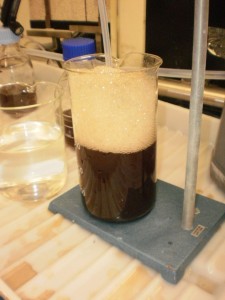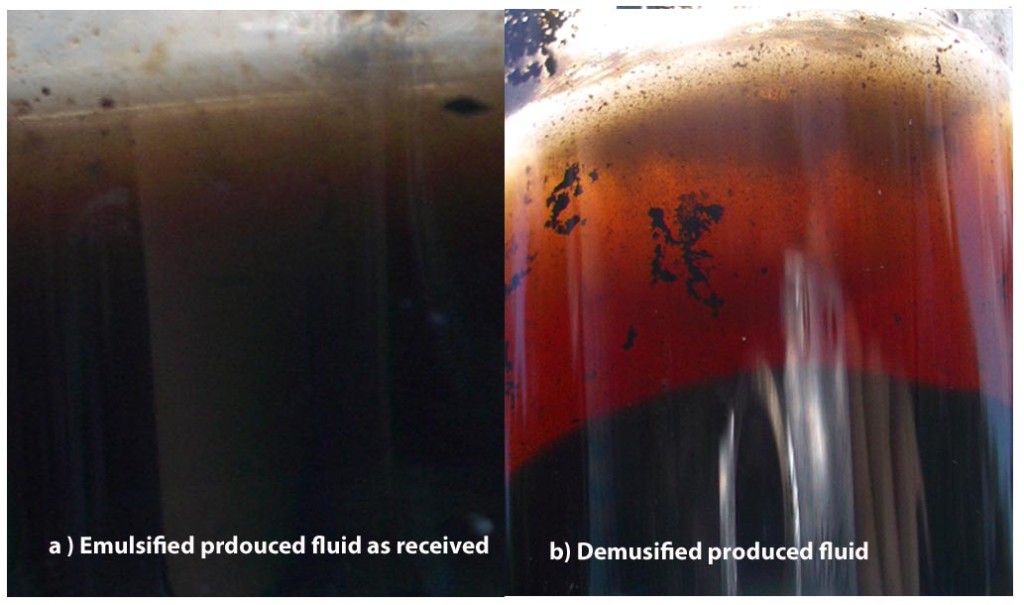Corrosion inhibition program usually applies to uniform corrosion control. It may also apply to localised corrosion/mesa corrosion control. It won’t generally be utilised for stress corrosion cracking control unless more rigours testing and particular field experience showed otherwise.
Corrosion Inhibitor Availability Requirements
- Corrosion allowance based on both inhibited corrosion and uninhibited corrosion rates,
- Chemical injection pump type and backup pump availability,
- Remote sensor /alarm for pump, tank level and zero flow,
- On line corrosion monitoring.
Corrosion Inhibitor Selection Considerations
- Inhibition efficiency,
- Fluid corrosivity and flow pattern,
- Solubility and oil/water partitioning behaviour,
- Optimum concentration,
- Production fluid compatibility,
- Other production chemical compatibility,
- Equipment and materials (elastomer, seals) compatibility,
- Environmental and disposal compatibility,
- Life cycle cost.
Corrosion Inhibition Availability
Different operators have different view on the corrosion inhibitor availability, ranging from 80~99%. It is normally accepted 90% is realistic. Higher inhibition availability requires for robust design and rigid logistical support.
Corrosion Inhibition Insufficient Concentration
Insufficient concentration of filming forming and passivating corrosion inhibitors practice are normally taken as an inappropriate practice. It may increase the localised corrosion and pitting probability. In field practice, high concentration of corrosion inhibitors (e.g. 5-10 times of recommended value) is dosed initially to remove the old deposit and establish the persisting film. The concentration can be reduced gradually once desired inhibition level is confirmed.
Side Effects of Corrosion Inhibition
Foaming and emulsion are the most common side effects with corrosion inhibition. The filming inhibitor is a surfactant molecule designed to act between the process liquid and metal surface. It is not unusual for this molecule to be active in liquid-liquid interface (as an emulsifier) or gas-liquid interface (as a foaming agent). Emulsified water is a particular concern in jet fuel, since it is a safety threat in flight by clogging the fuel nozzle in the sky.Foaming may cause serious process disruption in gas production.


